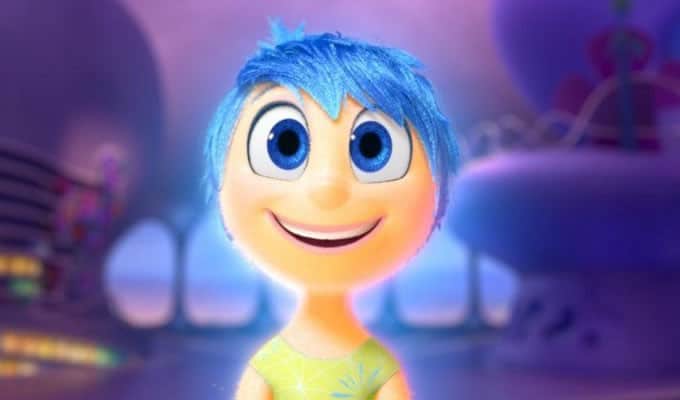The Perfect Humanity of Pixar’s Inside Out

Pixar
At some point, we all have to grow up. And growing up means that our priorities, our emotional investments and our interests change. Sometimes this change is natural and at others, it is forced upon us by our environment or situation. But that universal truth remains: as life moves forward, change is inevitable.
The movies of Pixar have the luxury of existing on a plane that still interests many of us, even throughout these changes that life thrusts upon us. The greatest weapon the creative teams at Pixar have ever employed in the war to hold the interest of audiences is that of being able to appeal to the widest range of ages. Adults and children alike enjoy their movies.
It’s odd to think that a movie set inside the mind of an 11-year old girl would appeal to such a wide range of people. With Inside Out, director Pete Docter (Up) and team have brought that elemental Pixar charm and delivered perhaps their most patently human movie yet.
Inside Out is the story of the emotions that live inside our heads, personified as delightful little creatures that, like our own emotions, each have a role to play in making up the complex inner workings of the human mind. Amy Poehler voices Joy, the peppy and optimistic side of Riley, the hockey and family-loving girl in the story. Phyllis Smith, of The Office fame, voices Sadness. Bill Hader voices Fear, Lewis Black voices Anger, and Mindy Kaling is the perfect voice for the sarcastic, yet protective emotion of Disgust.
As Riley’s life begins to change in dramatic ways – her family moves from Minnesota to San Francisco – her emotions become wrapped up in an epic adventure to find ways to keep Riley from falling into despair over the changes with her house, her family and her friends.
The greatest strength of Inside Out is that it’s one of the more traditional narratives we’ve seen from Pixar in a while. One of the few criticisms leveled against Pete Docter’s last movie, Up, was that it was really two movies. It was a devastating 20-minute opening short about the lovely and devastating totality of a lifelong romance followed by an adventure movie with an old man, a boy scout and a flying house. Inside Out feels like a more complete end-to-end story, a hero’s journey that involves Joy and Sadness becoming lost in the deep recesses of Riley’s mind, having to find a way back to Mission Control before something terrible happens.
Through its vibrantly colored and fantastical animation and the equally vibrant performances from its voice cast, Inside Out moves with an infectious energy. The score from longtime Pixar collaborate Michael Giacchino is at times uplifting and at others very somber. We are dealing with a lot of Joy and Sadness, after all.
It’s a brisk and effortlessly charming affair that explores some of our most basic human emotions and how they work together to make us whole people. It’s another example of how brilliant writing and an unmatched attention to detail can take something conceptually silly and turn it into an emotionally resonant story. Going inside the mind of an 11-year old girl is perhaps the most unique movie you’ll see this summer, but it’s also the most heartwarming and emotional experience you’ll have in a darkened theater, as well. I say this as a 30-something male who should be about as far from understanding the plight of a little girl as possible. But as Pixar shows us again and again, there are fundamental elements of humanity to which we can all relate. And when the illuminate them with animated charm, there’s no reason why we can’t all share in some Sadness, some Joy and above all, some perfectly crafted humanity.
The Upside: Loads of charm, a wonderfully voice cast acting out a very well-crafted story with technicolor human emotionality.
The Downside: The film enjoys an embarrassment of riches in supporting voice cast members such as Diane Lane, Rashida Jones, Paula Poundstone and Bobby Moynihan. We simply don’t get enough of them, as the film is dominated by Poehler and Smith. But that’s probably a good problem to have.
On the Side: According to director Pete Docter, the design of each emotion is based on a shape: Joy is based on a star, Sadness is a teardrop, Anger is a fire brick, Fear is a raw nerve, and Disgust is broccoli.
